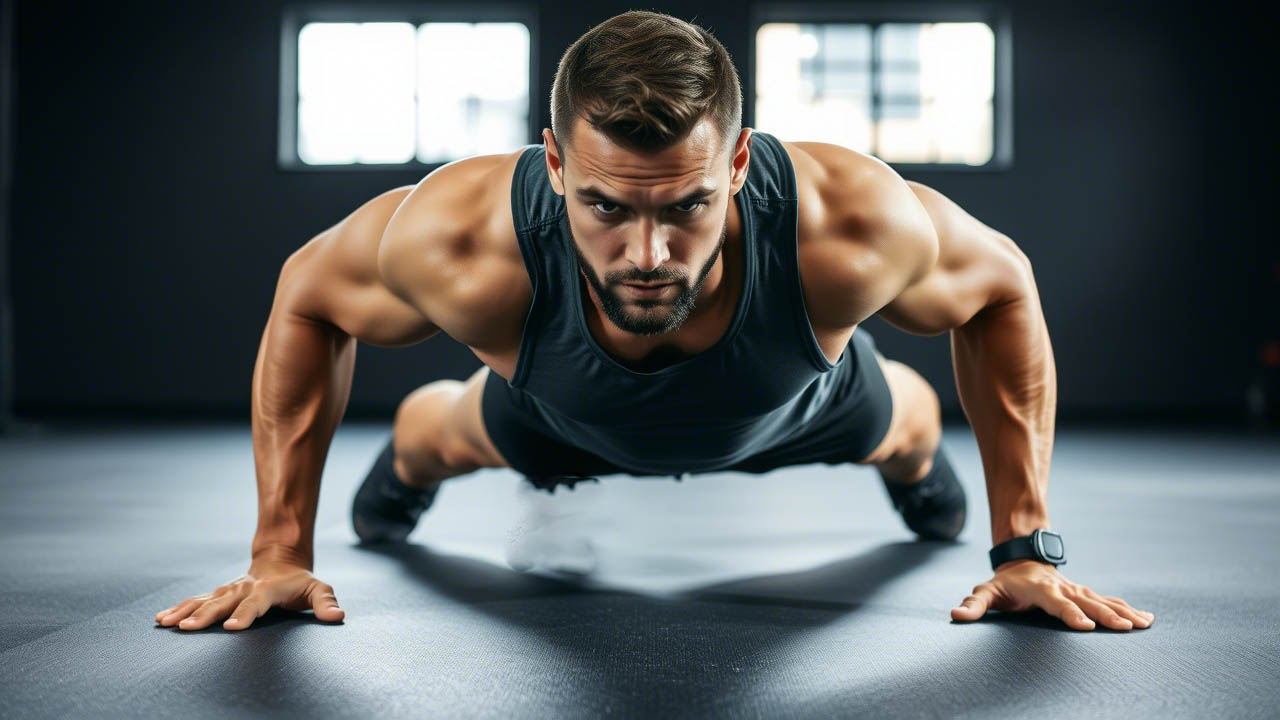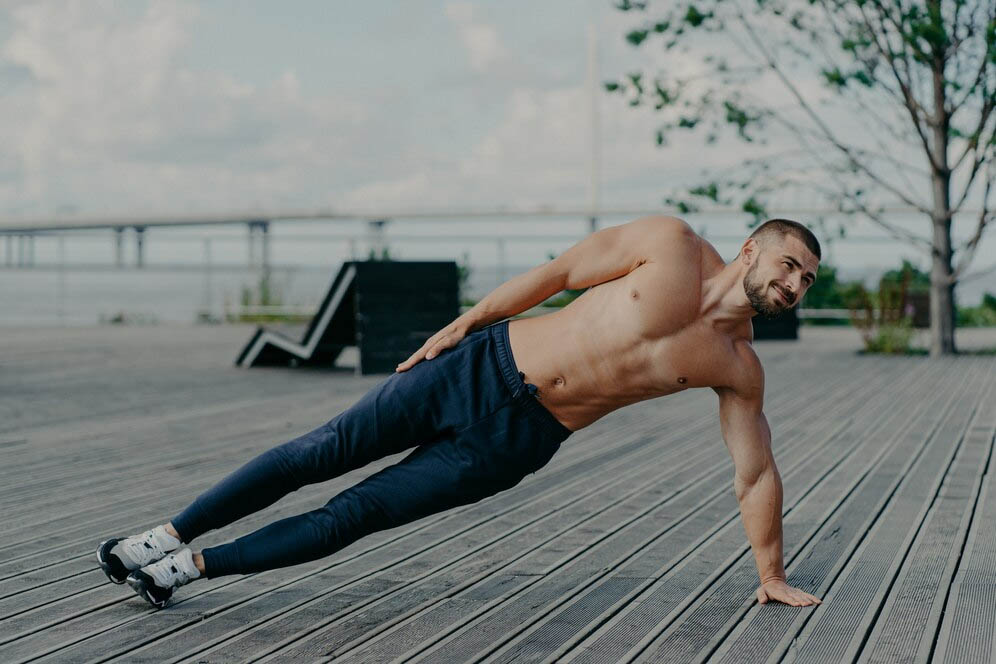Physical Address
304 North Cardinal St.
Dorchester Center, MA 02124
Physical Address
304 North Cardinal St.
Dorchester Center, MA 02124

Forget expensive gym memberships and complicated equipment—your body is all you need to sculpt lean muscle. Learning how to build muscle with bodyweight exercises isn’t just cost-effective; it’s incredibly efficient for strength development anywhere, anytime. Whether you’re a beginner or seasoned fitness enthusiast, mastering bodyweight training can transform your physique while improving functional strength. In this guide, you’ll discover proven calisthenics techniques, effective workout plans, and science-backed strategies to maximize muscle growth using nothing but your own body.
Many people mistakenly believe serious muscle growth requires heavy weights. Science proves otherwise. Your muscles don’t know the difference between resistance from a dumbbell or your body—they respond to mechanical tension regardless of the source. When you perform bodyweight exercises correctly, you create sufficient tension to trigger hypertrophy (muscle growth).
The key principle behind how to build muscle with bodyweight exercises is progressive overload—continually challenging your muscles by increasing difficulty. This stimulates adaptation, forcing muscles to grow stronger and larger. Calisthenics excels at this through movement pattern modifications rather than simply adding weight plates.
Additionally, bodyweight training often engages multiple muscle groups simultaneously, creating compound movements that efficiently build functional strength throughout your entire body.

The humble push-up is perhaps the most versatile no-equipment training exercise for upper body development. Standard push-ups target chest, shoulders, and triceps, but with simple adjustments, you can shift emphasis:
Master progressively more difficult push-up variations to continue challenging your muscles as they adapt.
Pull-ups represent the gold standard for back development in bodyweight workout routines:
Don’t worry if you can’t do full pull-ups yet—modified versions like negative pull-ups (jumping up and lowering slowly) build strength effectively.
Building powerful legs without weights requires mastering these challenging movements:
These exercises create significant tension in your lower body muscles, proving that how to build muscle with bodyweight exercises applies just as effectively to legs as upper body.
The secret to continuous muscle growth with calisthenics lies in progressive overload strategies that don’t require adding external weight:
For example, once you can perform 20+ standard push-ups with perfect form, progress to harder variations like decline push-ups rather than simply doing more repetitions.
Here’s a simple yet effective full-body bodyweight workout plan demonstrating how to build muscle with bodyweight exercises:
For optimal results, perform this routine 3-4 times weekly with at least one rest day between similar workouts.
Understanding how to build muscle with bodyweight exercises goes beyond just the movements. Consider these critical factors:
Muscle growth requires adequate protein—aim for 1.6-2.2g per kg of bodyweight daily. Maintain a slight caloric surplus (200-300 calories above maintenance) to support growth. Research from the International Society of Sports Nutrition confirms these requirements for natural athletes.
Muscles grow during recovery, not during workouts. Ensure 48 hours between training the same muscle groups intensely. Quality sleep (7-9 hours nightly) significantly impacts recovery and growth hormone release.
With no-equipment training, proper technique becomes even more crucial. Master basic movements before attempting advanced variations. Consider filming yourself or using mirrors to check form regularly.
Concentrate on the muscle being worked—this mind-muscle connection enhances recruitment and activation, leading to better results from your bodyweight workout.
Building impressive muscle with nothing but your bodyweight is absolutely achievable with the right approach. By understanding progressive overload principles, implementing varied exercise progressions, and following a structured plan, you can achieve remarkable results through calisthenics and no-equipment training.
The beauty of learning how to build muscle with bodyweight exercises lies in its accessibility—you can train anywhere, anytime, with zero financial investment. Start with our sample routine, focus on perfect form, and consistently challenge yourself with harder variations as you progress .